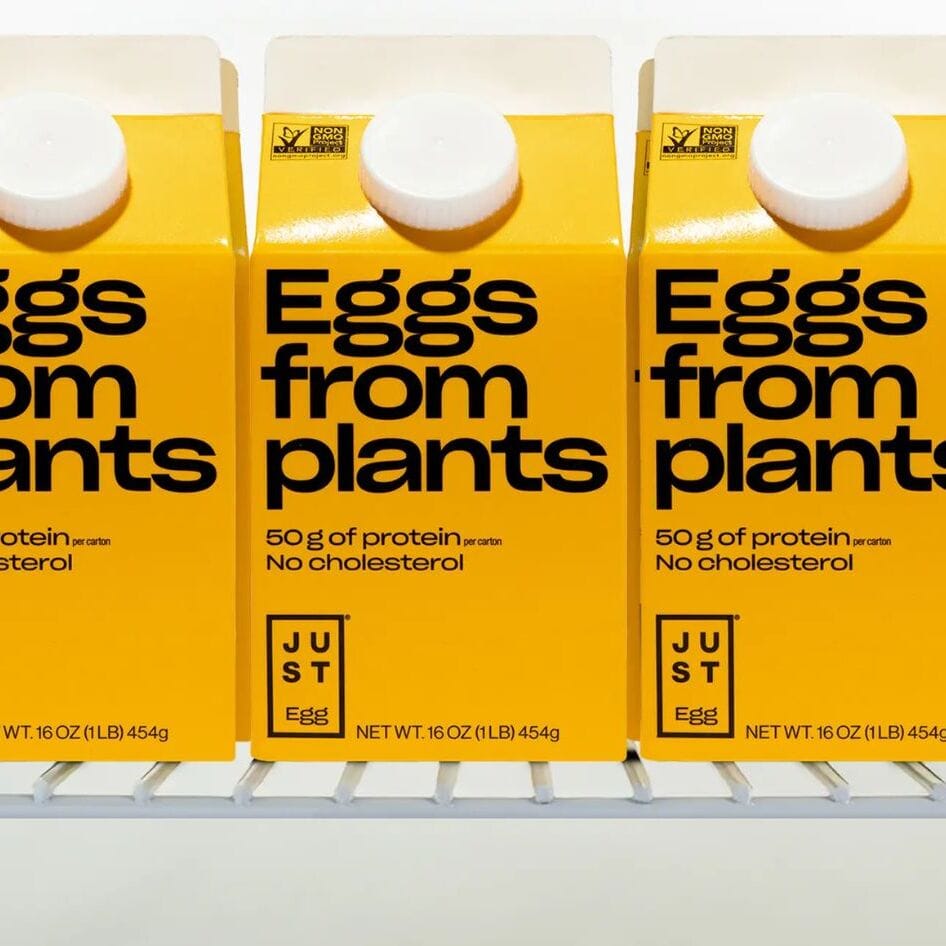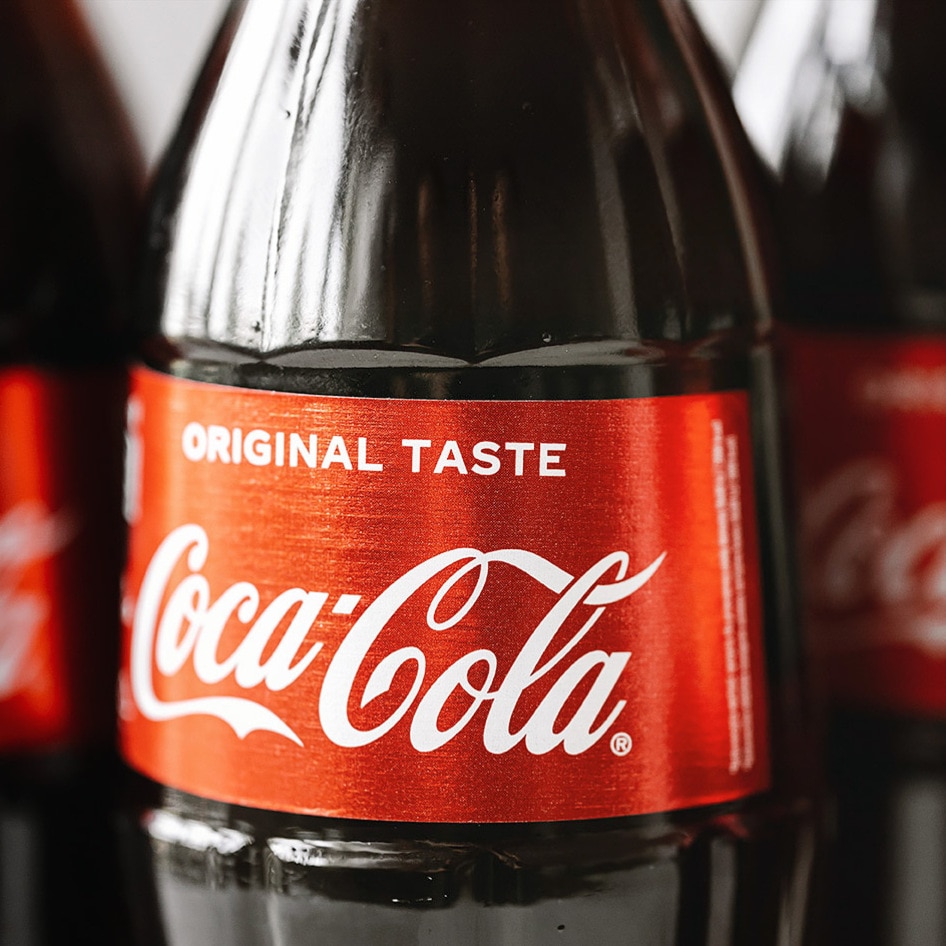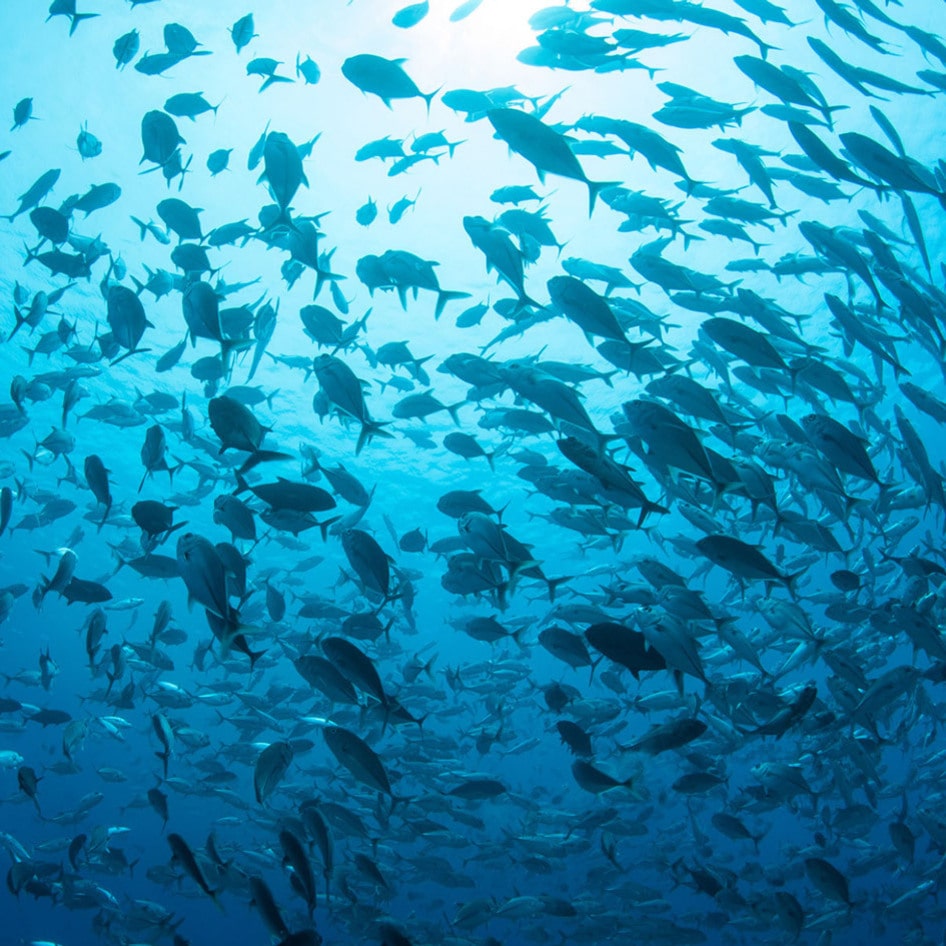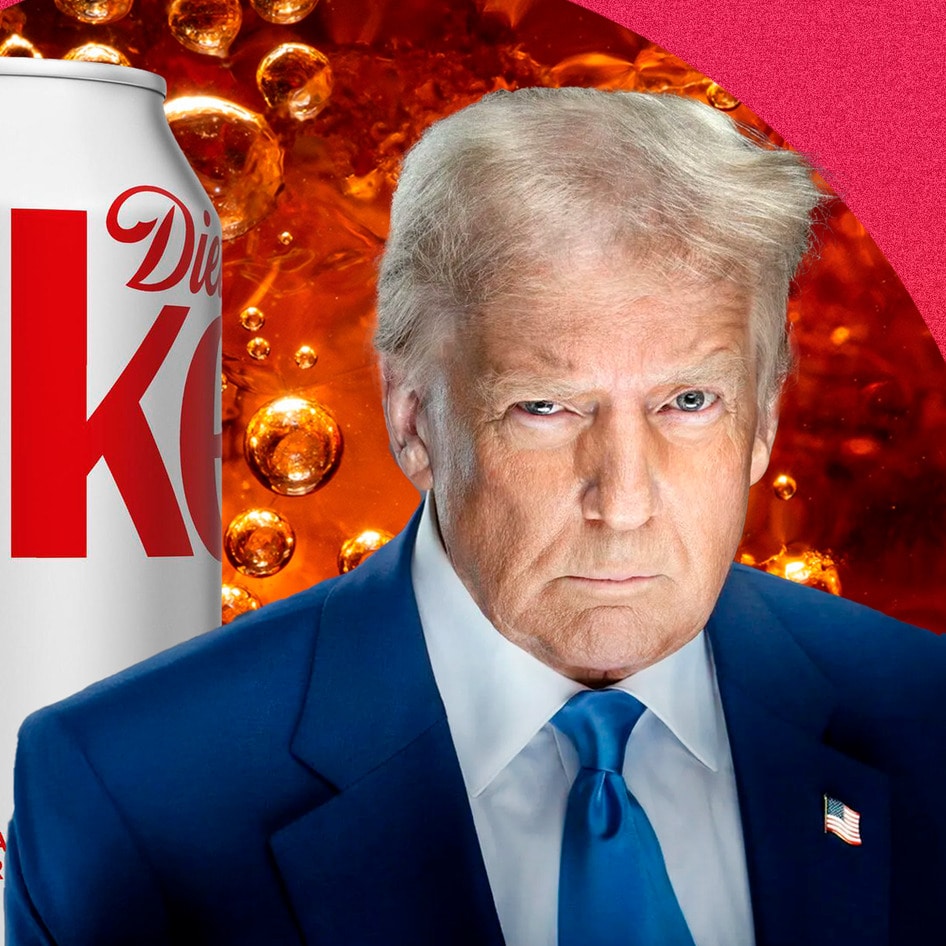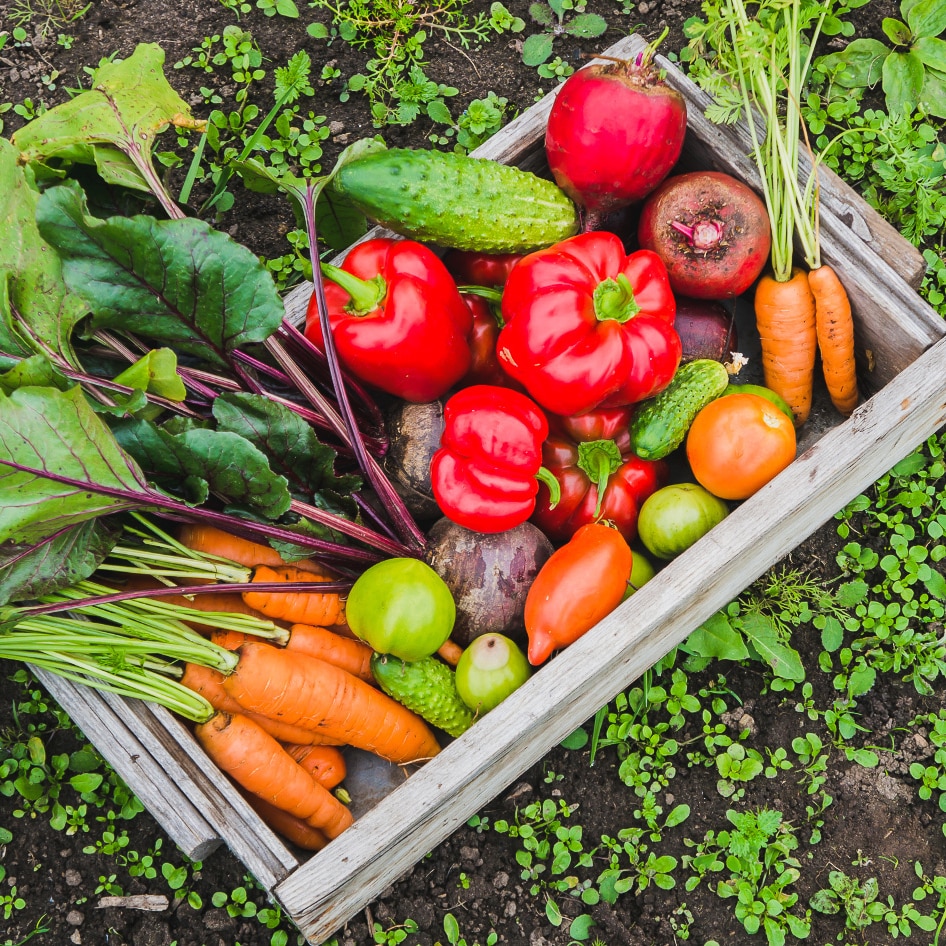Why Saving Drinking Water is Important (and How to Help)
Forget the gas guzzler. Do you have a drinking (water) problem?
May 31, 2009
From space, Earth looks like a cool, thirst-quenching ball of liquid. But less than three percent of the world’s water is fresh, and only about one-third of that is potable, since much of it is inaccessible in aquifers and icebergs. The one percent of the planet’s water that is safe to swallow is unevenly distributed, with some countries awash in freshwater lakes and underground sources and other populations left high and dry. For example, Brazil, the world’s wettest nation, has an average annual renewable freshwater supply of 8,233 cubic kilometers per year (roughly twice the amount of H2O annually consumed worldwide), while Rwanda only has about five. Such disparity has international water experts and leaders debating the fairest and most efficient way to deliver a scarce supply. Is water a natural resource and free to all, like air? Or is it a commodity, like oil, for which people should pay?
Of course, people are already paying for their liquid’s pedigree. Annually, it’s a $50 billion worldwide industry that has become the new SUV, but bottled water is more than just a symbol of waste to many social activists. It represents a host of other problems, including unsustainable and expensive water delivery. “In this state and across the globe, water corporations are transforming a public resource into a high-priced luxury,” says Deborah Lapidus, national organizer with the Think Outside the Bottle campaign in Boston, Mass. “And to add salt to the wound, corporations like Coke are disparaging public tap water, bottling it, and then selling it back to us for more than the price of gasoline.” (An average 20-ounce bottle of water costs about $1.39—that’s nearly $9 per gallon.) The Think Outside the Bottle campaign works to reduce the negative effects of bottled water and stimulate support for public water systems. The campaign is led by Corporate Accountability International, which in 2007 successfully pressured Pepsi-Cola into revealing the source of its Aquafina water. Turns out the second-best-selling bottled-water brand in the US is purified tap water. Same for Coca-Cola’s Dasani, the number-one brand. Whether it’s purified, mineral, or spring water inside, the bottle itself usually ends up as litter or in a landfill. US consumers discard an estimated 60 million water bottles a day, most of which are not recycled. Fortunately, there is some indication the reduce-reuse-recycle message may be getting through. For the first time in a decade, sales of bottled water slowed in 2008, growing just 6.7 percent, versus 6.9 in 2007, according to the Beverage Marketing Corporation, a US trade group. Not much, but it’s a start.
Perhaps the most disturbing issue, however, is pollution caused from raising animals for food. Much of the 500 million tons of waste generated by billions of chickens, pigs, cows, and other animals confined in US factory farms every year is stored in huge manure “lagoons.” These holding pools can leak or spill and pipelines can rupture, tainting surface and ground water. Just last year, a lagoon pipe at a Maryland dairy burst, spewing 560,000 gallons of liquid manure—nearly enough to fill an Olympic-size swimming pool—into a nearby creek and contaminating the town’s water supply with E. coli.
The good news is being water-wise doesn’t mean resorting to a monthly bath. Lifestyle changes such as eating a plant-based diet, installing low-flow shower heads, opting for public tap water over bottled water, and simply being mindful about water use all help make the most of the planet’s limited supply.
JUMP TO ... Latest News | Recipes | Guides | Health | Subscribe

